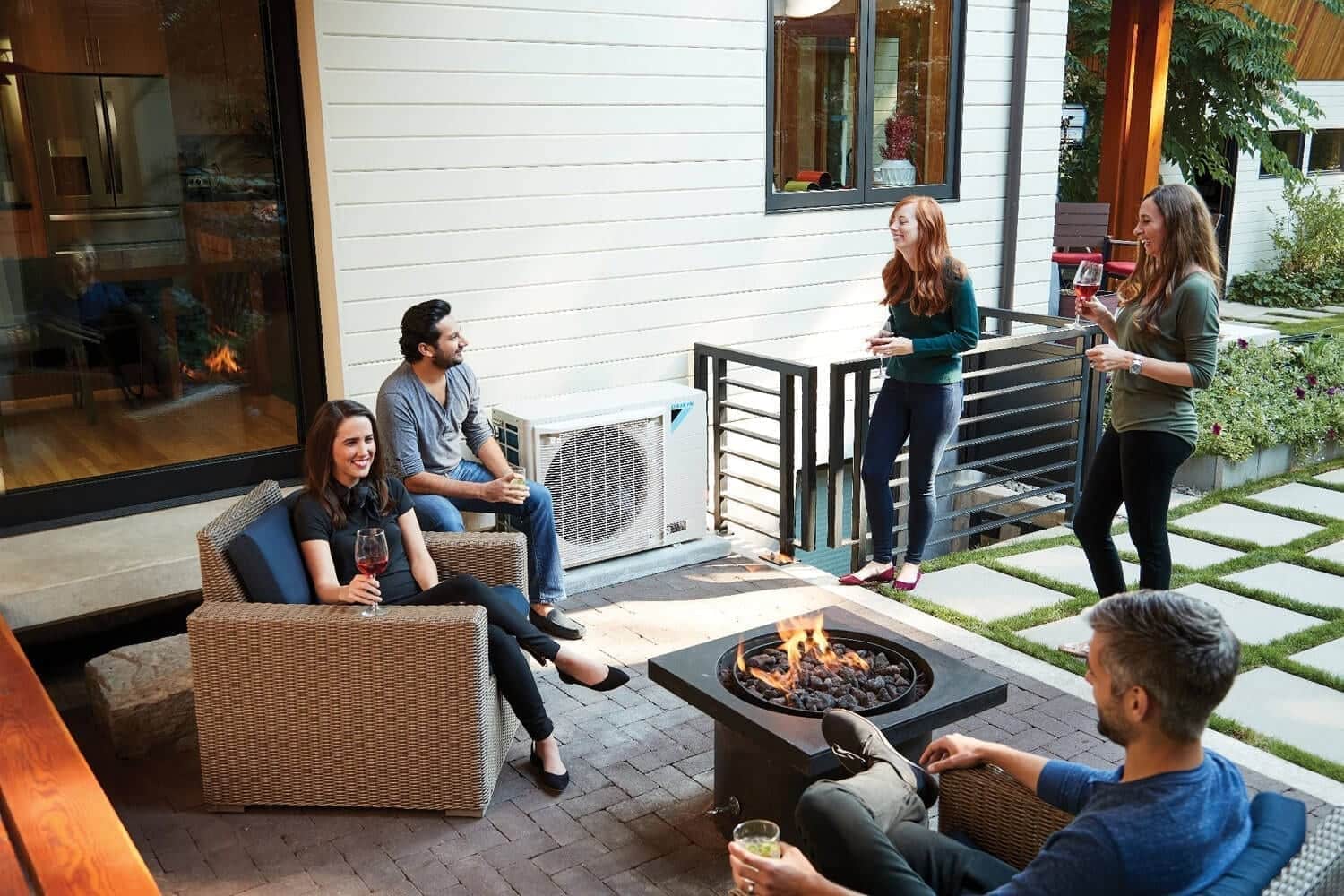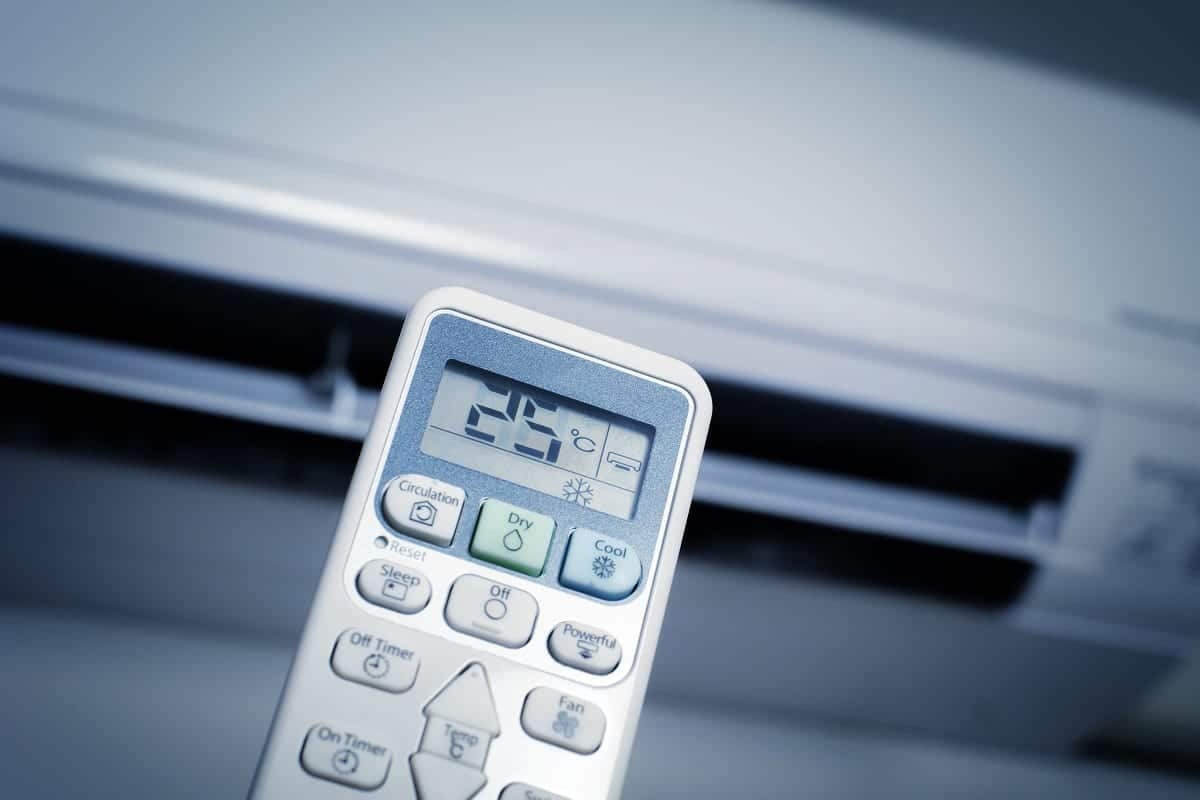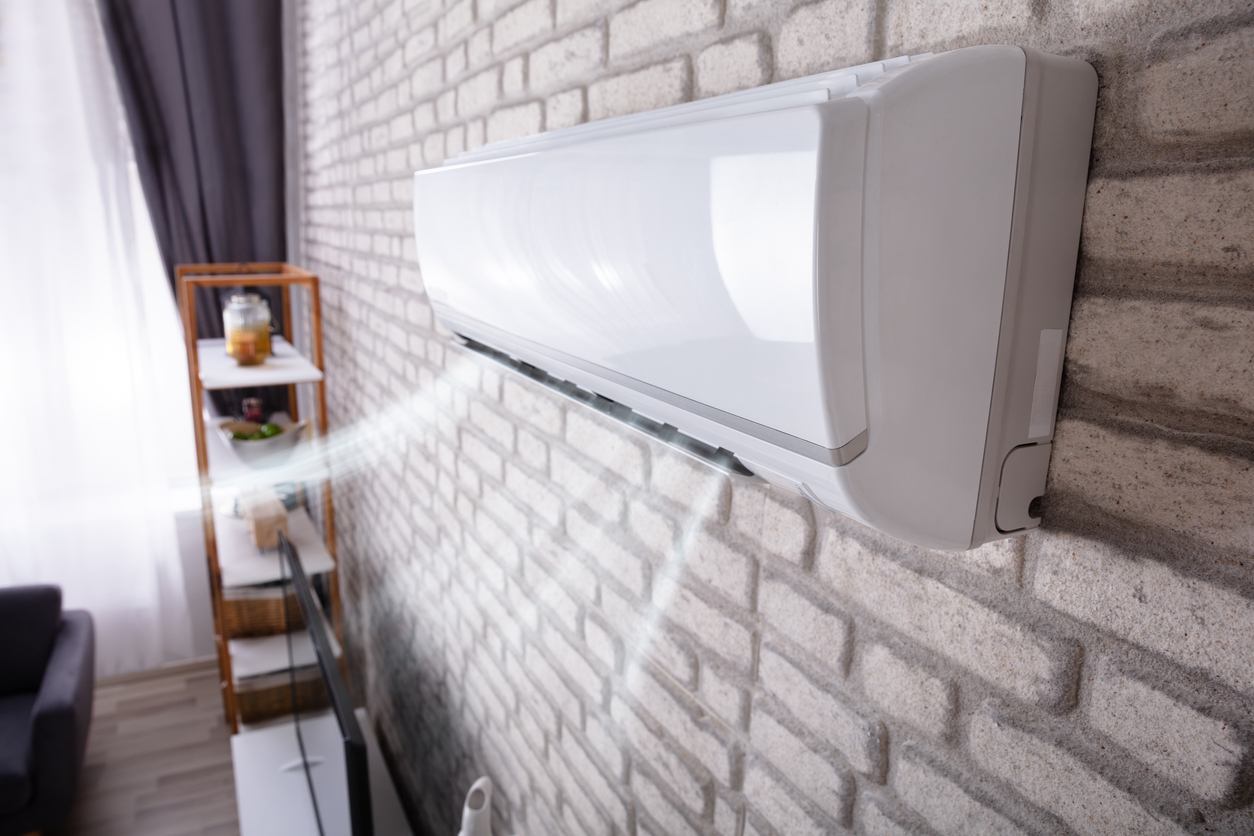A furnace fan limit switch is an HVAC safety feature that monitors a furnace’s temperature to prevent overheating. The component also regulates the blower fan for optimal efficiency and comfort. The fan limit switch serves several purposes, including protecting your home and furnace from the risk of fire. To better understand the function of a furnace fan limit switch, count on the expertise of Bill Howe Plumbing, Heating & Air, and Flood.
How a Fan Limit Switch For a Furnace Operates
A fan and limit control operates by opening or closing a circuit to activate the blower or shut off the burners as needed. The component is responsible for a range of operations, from monitoring the temperature in the furnace to providing consistently warm air.
Temperature Monitoring
The furnace fan limit switch relies on a bimetallic strip or other type of temperature sensor to continuously monitor the air temperature near the heat exchanger.
Overheating Prevention
Without a temperature controller, a furnace will continue to get hotter and cause a fire or other safety hazards that can damage the furnace or harm people and property.
Blower Regulation
When the temperature reaches a certain degree, the fan limit switch turns on the blower fan to distribute heated air through the air ducts.
Furnace Efficiency
Because a limit switch directly controls the blower and temperature, it is essential for consistent and efficient heating.
Cycle Completion
The furnace limit switch automatically resets itself once the furnace cools down to a safe temperature, so it can be prepared to activate when the thermostat sends a signal.
A fan limit switch for a furnace typically relies on a probe that is mounted in the plenum, a chamber filled with heated air from the blower. The switch is often fastened to a plate on the outside of the furnace, near the heat exchanger or combustion chamber.
Importance of a Fan and Limit Control
The most critical reason a furnace fan limit switch is a necessity is safety. A limit switch guards against potential hazards, from furnace failure to property damage. Other important benefits include a healthier furnace, lower utility bills, and optimal comfort.
Combustion Management
Because the limit switch prevents overheating, it ensures that harmful combustion byproducts don’t enter the home when a heat exchanger cracks.
Furnace Longevity
Consistent temperature control by a limit switch helps protect the entire furnace from damage and overexertion that could lead to premature failure.
Comfort Control
The limit switch, burners, and thermostat work together to ensure air is only distributed when the heat exchanger is warm enough.
Now that you know the importance of a fan limit switch for a furnace, it’s essential to understand the signs of a bad switch. When you know the red flags, keeping your furnace and your family safe is simple.
Symptoms of a Bad Limit Switch On a Furnace
A faulty limit switch can cause a range of issues, from a continuously running blower fan to a furnace that won’t power on. Here’s a rundown of the most common symptoms of a bad limit switch on a furnace.
Continuous Running Blower
When the blower fan continues to run when the furnace isn’t in heating mode, the limit switch may not be accurately sensing the heat exchanger temperature.
Short Cycles
A bad limit switch can cause a furnace to power on and off sporadically, leading to increased wear and tear, increased energy usage, and inconsistent heating.
No Air Blowing
When the furnace is hot and the blower motor doesn’t engage, the cause can be a bad switch that isn’t allowing the burner to start.
Cold Air Blowing
A failed limit switch can allow the blower fan to turn on before the heat exchanger has warmed the air.
If you experience signs of a faulty fan and limit control, the cause could be something as simple as a tripped breaker. You could reset the breaker, and all is well. However, there’s a reason that the breaker tripped. Whether your furnace has a bad switch or other issue, it should be addressed by a professional HVAC technician.
Discover the Bill Howe Difference With San Diego HVAC and Plumbing Services
It’s important to understand that most furnace repairs aren’t DIY fixes. Even learning how to adjust a fan limit switch poses dangers. Don’t risk it — Call in the pros. Since 1980, our family-owned and operated business has helped thousands of customers across San Diego with professional home services. Experience the Bill Howe difference with proven services that fit your budget and lifestyle.
Whether you need a limit switch replaced or a mini-split installed, We Know Howe! Call 1-800 BILL HOWE (245-5469) today.
Furnace Fan Limit Switch FAQs
Check out these common questions about furnace fan limit switches and contact one of our Comfort Advisors to learn more. Our experts are standing by to ensure your plumbing and HVAC systems are in peak condition year-round.
Why does my furnace fan keep running when the heat is off?
A furnace fan that runs continuously is typically caused by one of two issues: Either the thermostat is set to AUTO instead of ON, or there’s a problem with the limit switch. If the fan limit switch for a furnace isn’t in manual override, the issue is likely a faulty switch. If you’ve checked the thermostat and the problem continues, a professional HVAC technician should check for faulty wiring, a failed limit switch, and other issues.
How do I reset my furnace fan and limit control?
Some limit switches automatically return to a closed position when the furnace temperature drops to a safe temperature. Others feature a red, yellow, or white button on the panel that you press to reset the switch. If the fan limit switch trips and won’t reset, your furnace needs professional HVAC services.
Can I run my furnace without a limit switch?
You can run your furnace with a bad fan limit switch, but you shouldn’t. Running a furnace without a fan limit switch is a danger to your family and property, and could ruin your heating system entirely. The consequences can range from damaged components to the risk of fire.




